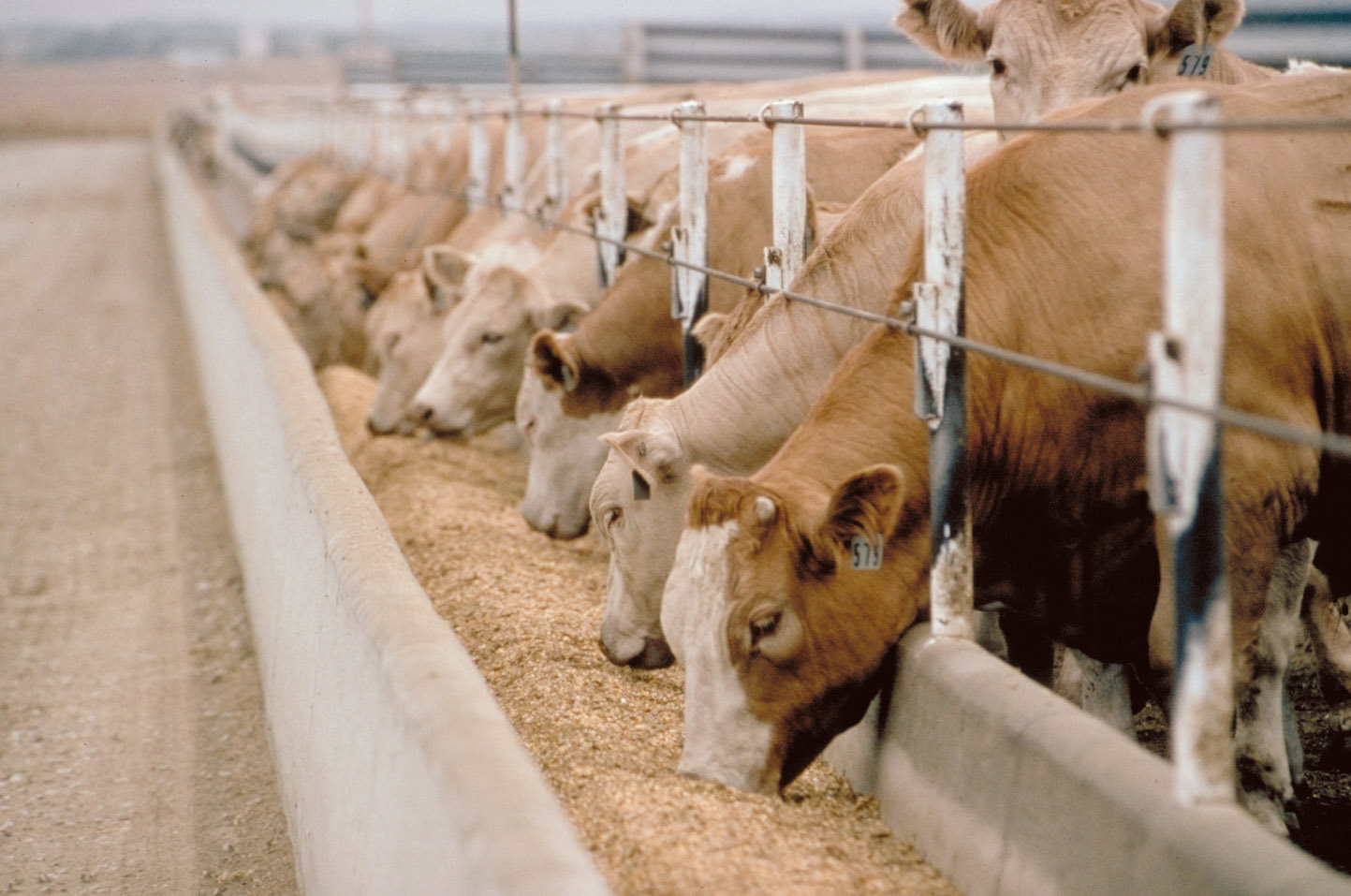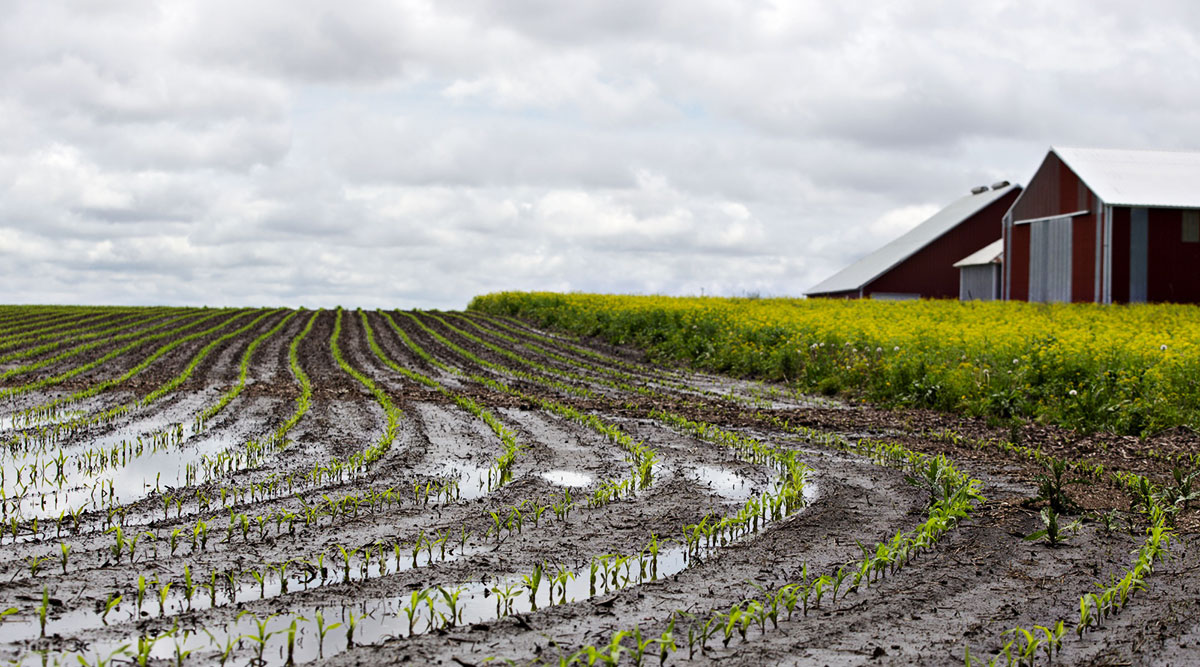Vet Depart to enforce Cattle Cleansing Regulations
THE Veterinary Service Department (VSD) has urged farmers countrywide to intensify dipping cattle to fight January Disease (theileriosis) and other tick-borne diseases adding that it will be enforcing the Cattle Cleansing Regulations of 1993, which make dipping of cattle mandatory.
The Department said that cattle should be dipped at least once a week to control ticks and tick-borne diseases.
In a farmer advisory, the department said by operation of the law, the department noted that anyone who does not dip their cattle or whose cattle are tick infested can be prosecuted.
It said the rainy season has started and most parts of the country are receiving good rains to support cropping and pastures.
The good rains, however, bring with them an increased activity of ticks and resulting tick-borne diseases such as the notorious January disease.
“The Department of Veterinary Service would like to advise all farmers that dipping of cattle is mandatory by law and during this rainy season cattle should be dipped at least once a week to control ticks and tick-borne disease. In the past, the country lost thousands of cattle due to January Disease and other tick-borne diseases.”
Department of Veterinary Services
The department stressed that cattle dipping remains the single most effective control measure against all ticks and tick-borne disease.
“Dipping should be repeated when the animals are rained on within 24 hours of dipping.
“Cattle should be inspected for ticks 2-3 days after dipping especially inside the ears, under the tail, on the udder and the tail brush.”
The disease is responsible for huge economic losses in cattle assets and farm savings in Zimbabwe as they account for more than 60 percent of cattle deaths in the country.
Signs of an animal affected by January disease include swelling of the lymph nodes under the ears and on the shoulder, cloudiness of the eyes, and difficulty in breathing with froth from the nose and mouth.
The affected animal collapses and dies within a few days.
Livestock production is an integral part of the lives of the majority of the Zimbabwean population.
The livestock sector is an important source of livelihoods and contributes significantly to the growth of the agriculture sector and the economy as well as food and nutrition security.
Bolvac was first produced by Zimbabwe’s Central Veterinary Laboratory (CVL) in 1989 using Zimbabwe’s own Theileria parva vaccine strain.
Production of the vaccine was gradually discontinued in the late 1990s mainly due to high technical staff turnover and inadequate financing.
In 2023, authorities said a total of 26 animal health management centres where upgraded in eight provinces in the country, benefiting 73 000 livestock farmers, a development which will help to reduce livestock mortality as the country is working towards growing its national herd in line with the Livestock Growth Plan.
The Livestock Growth Plan is part of the Agriculture and Food Systems Transformation Strategy that is expected to turn agriculture into a US$8,2 billion industry by 2025 and contribute towards the achievement of Vision 2030.
Plans are underway to earn significant foreign currency for the country through livestock.
According to the plan, beef production is expected to grow from 50 000 tonnes to 90 000 tonnes per year.
The transformation of the livestock sector through the Livestock Growth Plan is premised on improved animal nutrition and the development of pastures.-chronicle










